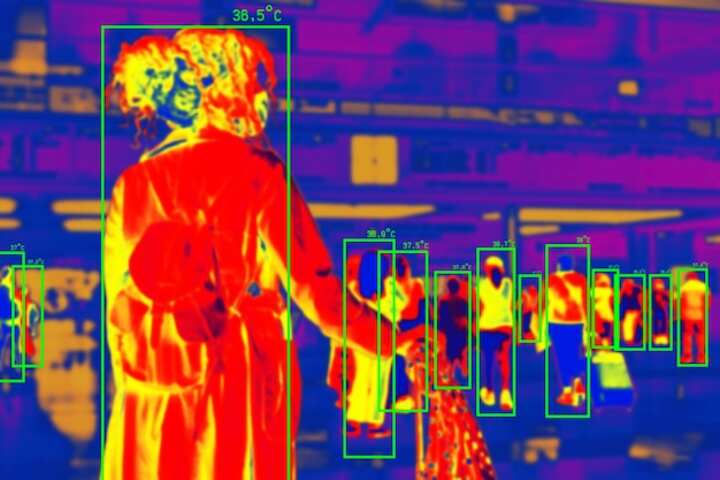
Enhance Your Mold Testing with Infrared Thermal Imaging Services
In the realm of property maintenance and health safety, mold detection plays a crucial role. Mold, a common household issue, can lead to severe health complications and structural damage if not addressed promptly. Traditional mold testing methods, while effective, often fall short in detecting hidden mold problems. This is where infrared thermal imaging services come into play, offering a more comprehensive approach to mold detection. By employing advanced thermal imaging technology, inspectors can identify potential mold infestations that are not visible to the naked eye, ensuring a more thorough inspection and peace of mind for property owners.
The Importance of Mold Testing
Mold can be found in almost any environment and can grow on virtually any substance, provided moisture is present. It poses significant health risks, particularly to those with allergies, asthma, or weakened immune systems. Mold testing is essential for:
- Identifying sources of moisture that can lead to mold growth.
- Assessing indoor air quality to ensure a safe living or working environment.
- Preventing structural damage by identifying mold before it spreads.
- Ensuring compliance with health and safety regulations.
Introducing Infrared Thermal Imaging
Infrared thermal imaging is a non-invasive diagnostic technique that uses infrared cameras to detect heat patterns and temperature variations. This technology helps identify areas of moisture that could indicate hidden mold growth. Unlike traditional methods that rely on visual inspection and air sampling, thermal imaging provides a more detailed analysis, making it an invaluable tool in mold detection.
Benefits of Infrared Thermal Imaging
The advantages of using infrared thermal imaging for mold testing are numerous:
- Non-invasive: Unlike traditional methods that may require cutting into walls or ceilings, thermal imaging is a non-destructive technique that preserves the integrity of the property.
- Comprehensive Detection: This method can detect moisture and mold hidden behind walls, under floors, and in ceilings, areas often overlooked by conventional inspections.
- Quick Results: Thermal imaging provides immediate data, allowing for prompt decision-making and faster remediation processes.
- Cost-Effective: By accurately identifying problem areas, thermal imaging helps avoid unnecessary repairs and focuses resources on affected zones.
Explore further insights here.
How Infrared Thermal Imaging Works
Infrared thermal imaging operates on the principle that all objects emit infrared radiation as a function of their temperature. Specialized cameras capture this radiation and convert it into a visible image, highlighting temperature differences within a structure. This technique is particularly effective in mold detection because:
- Moisture Retention: Areas with moisture will often show a different thermal signature compared to dry areas, making them easily identifiable.
- Temperature Variations: Mold-affected areas may display unique thermal patterns due to retained moisture and subsequent biological activity.
Read more about this topic here.
Applications of Infrared Thermal Imaging in Mold Testing
Infrared thermal imaging is highly versatile and can be applied in various scenarios for mold testing:
- Residential Properties: Homeowners can benefit from early detection of mold, preserving property value and ensuring a healthy living environment.
- Commercial Buildings: Businesses can maintain compliance with health standards while protecting their workforce and visitors.
- Industrial Facilities: In settings where moisture control is critical, thermal imaging aids in maintaining operational efficiency and safety.
Find additional information here.
Conclusion
Incorporating infrared thermal imaging into mold testing processes significantly enhances the ability to detect and address mold issues before they escalate. This advanced technology not only improves the accuracy of mold detection but also streamlines the remediation process, ultimately safeguarding both property and health. For property owners and managers seeking a more reliable and comprehensive approach to mold inspection, thermal imaging is an invaluable asset. Learn more in this detailed guide here.